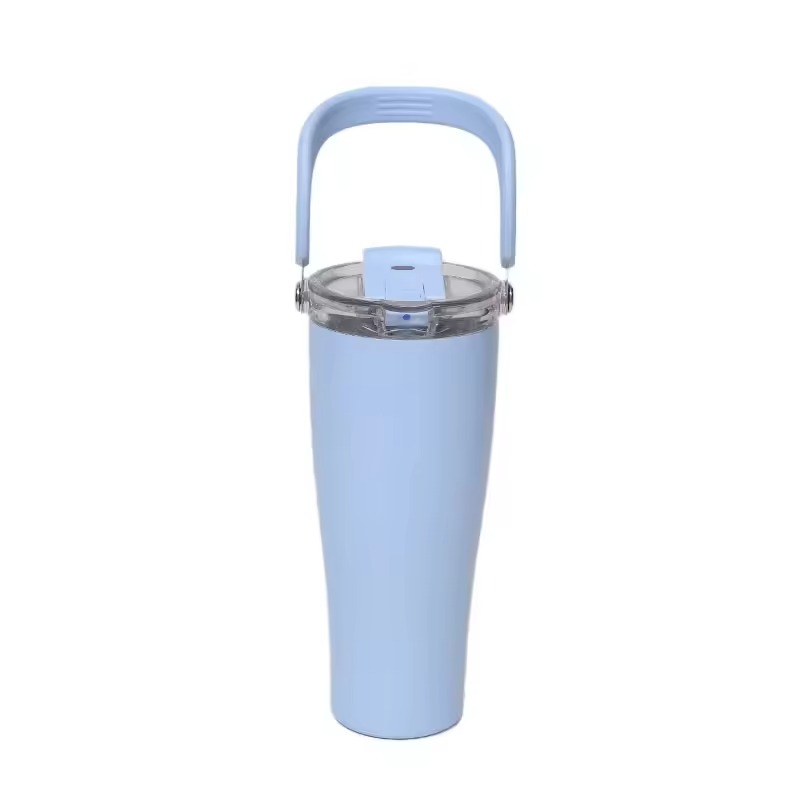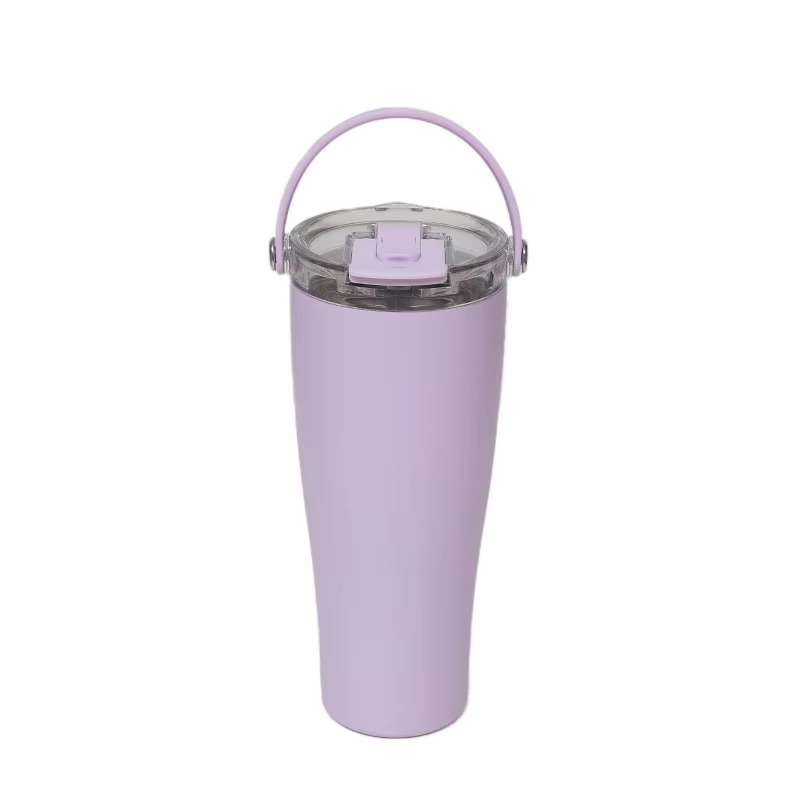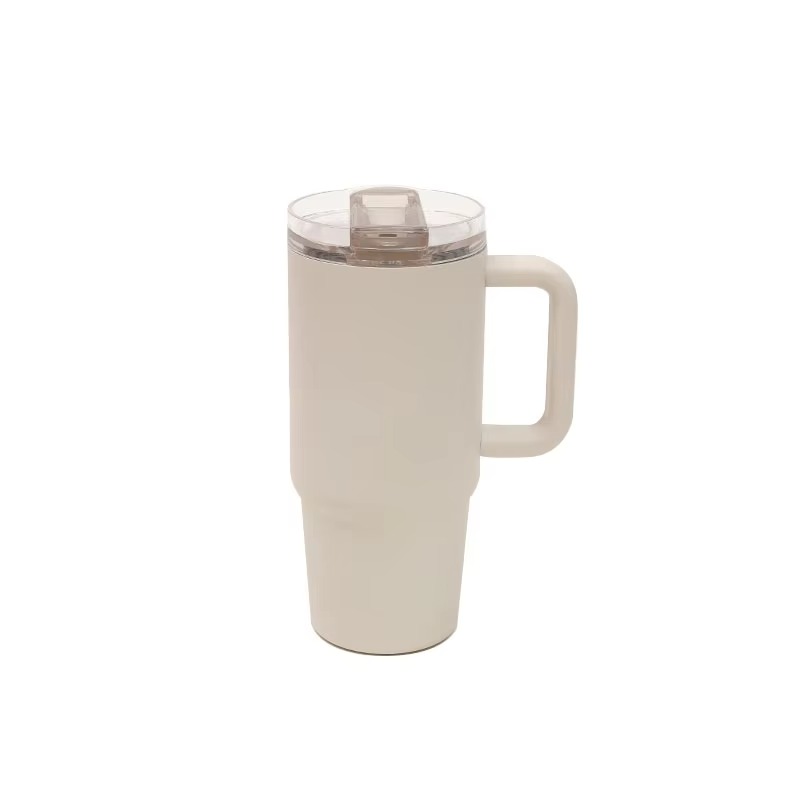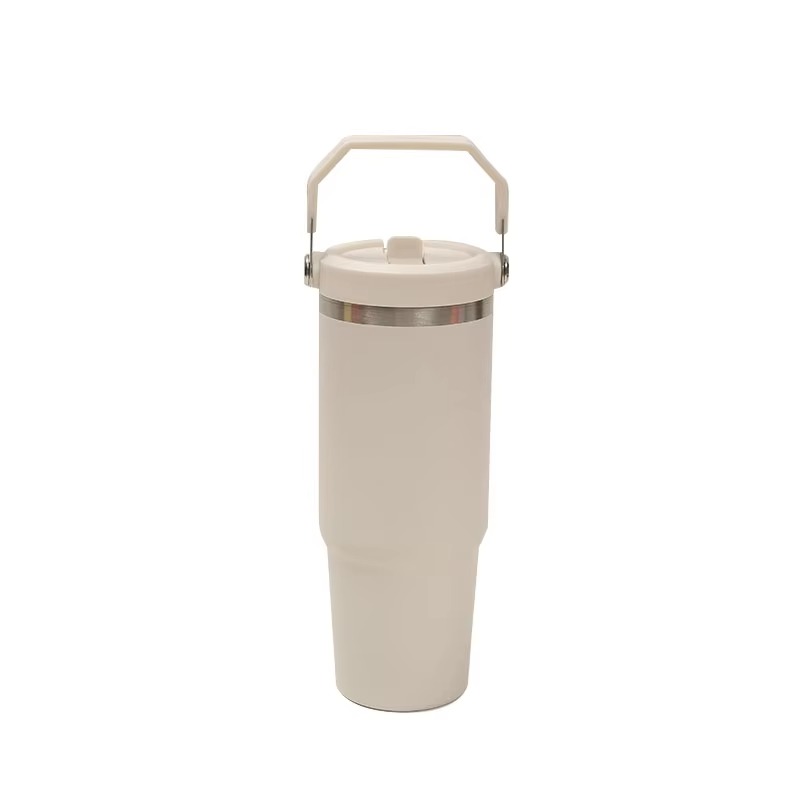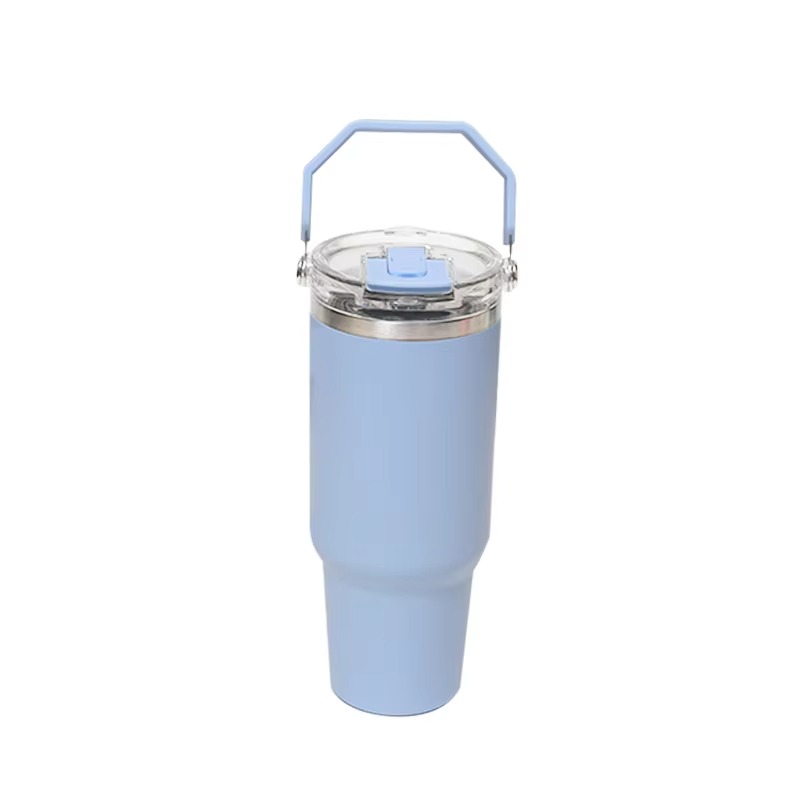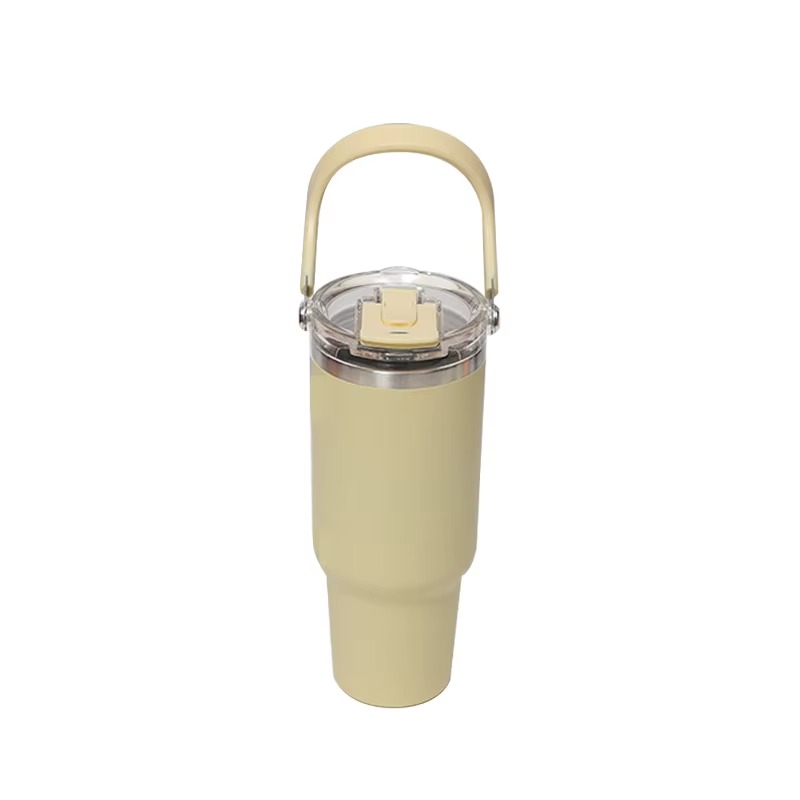In recent coverage of everyday objects that affect health and habit, materials used for coffee mugs are getting more attention. Consumers are weighing safety, performance, design and environmental impact when selecting a vessel for daily coffee rituals. This report examines common materials, their practical trade-offs, and how a new wave of products is shaping consumer choice.
Why material matters now
Coffee is often consumed piping hot, and repeated exposure to heat can raise questions about what a cup may release into a drink. People are asking whether their morning cup could affect flavor, durability, or long-term exposure to unwanted substances. Safety concerns are not limited to chemical stability; they also include whether items hold odors or stains, how easy they are to clean, and whether they are made from responsibly sourced inputs.
Safe material options in everyday use
Three categories frequently surface in experts’ guidance for hot drinks: glass, ceramic, and metal. Each offers a balance of safety and everyday practicality, and each fits different lifestyles.
Glass
Glass is a chemically neutral choice that does not interact with acidic beverages, preserving taste without contributing additional compounds. It resists staining and typically cleans well in household dishwashers. For consumers who value visual clarity and a clean presentation of their drink, glass is often preferred. Insulated double-wall designs add thermal separation while maintaining a sleek look, though some insulated styles require special care.
Ceramic (including stoneware and porcelain)
Ceramic mugs are fired and glazed to create a stable, non-reactive inner surface. They are favored for their heat retention, tactile comfort, and wide range of finishes. When glazes are produced to food-safe standards and remain intact, ceramic upheld a long track record for neutral interaction with beverages. Careful inspection for chips or cracks is recommended, since compromised glaze can affect performance.
Stainless steel and metal-lined options
Food-grade stainless steel combines resilience with lightweight handling, especially for on-the-go consumers. Many stainless vessels are paired with vacuum insulation to maintain temperature during travel. Metal options are durable and generally resist corrosion under normal use. Consumers should however check that any non-metal components in lids or seals are specified for food use.
Design and environmental considerations
Beyond chemical safety and thermal performance, design and sustainability weigh on purchasing decisions. Recyclability, use of natural minerals, and repairability are factors for shoppers who prefer lower environmental impact. Materials that can be recycled or that avoid persistent coatings are gaining attention among mindful buyers.
Quick-comparison table
|
Material |
Safety profile |
Practical strengths |
Eco-note |
|
Glass |
Chemically inert, neutral taste |
Clear aesthetic, dishwasher-friendly |
Made from natural minerals, recyclable |
|
Ceramic |
Stable when glaze intact |
Good heat retention, varied designs |
Long lifespan; avoid damaged items |
|
Stainless steel |
Corrosion-resistant when food-grade |
Durable, travel-ready, often insulated |
Long-lasting; recyclable metal |
Care tips that extend lifespan
Routine care matters as much as initial choice. Gentle cleaning and prompt replacement of cracked or chipped items preserve safety and appearance. For travel mugs, regular cleaning of lids and seals helps prevent residue buildup. Choosing items that are straightforward to clean reduces long-term risk and keeps beverages tasting as intended.
Market signals and consumer behavior
Manufacturers and designers are responding to consumer demand for safer, cleaner, and more sustainable drinkware. New product lines emphasize neutral materials, simple maintenance, and designs that integrate insulation without hidden coatings. As these options become more visible, shoppers are better equipped to match a mug’s properties with their daily routine.
Closing observation
As tastes and use-cases vary, consumers are increasingly making informed choices that balance safety, practicality, and design. Whether a person values clarity of presentation, a warm hand feel, or rugged portability, the material selected for a coffee mug plays an important role in the ritual. For those exploring new entries in the market, one recent item name that has appeared in discussions of contemporary drinkware is Auto Mug. For more information on available styles and care guidance, visit https://www.automugfactory.com.

 English
English Español
Español русский
русский